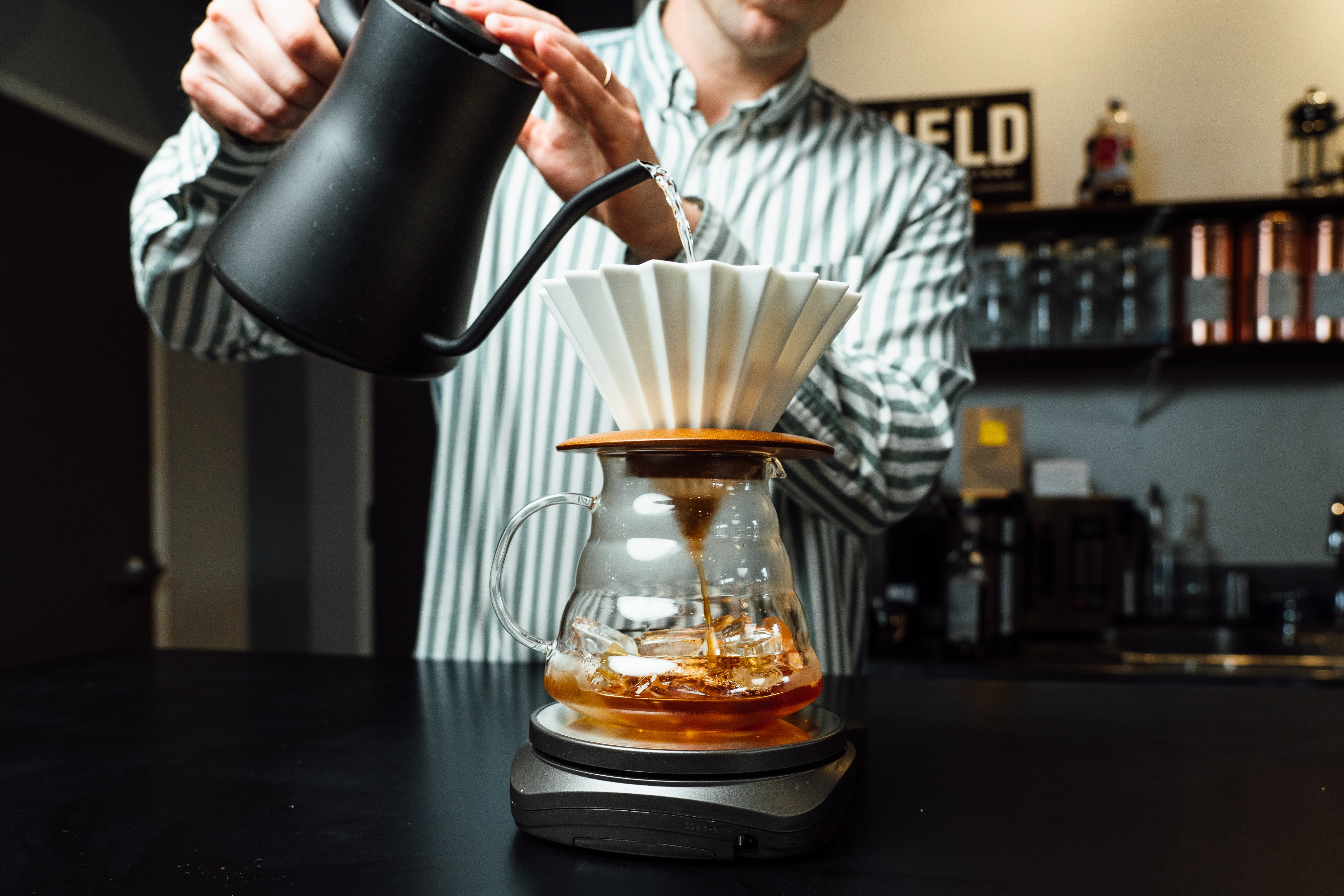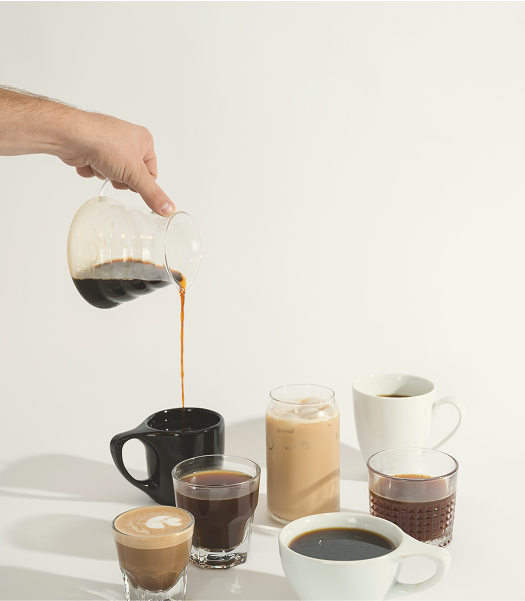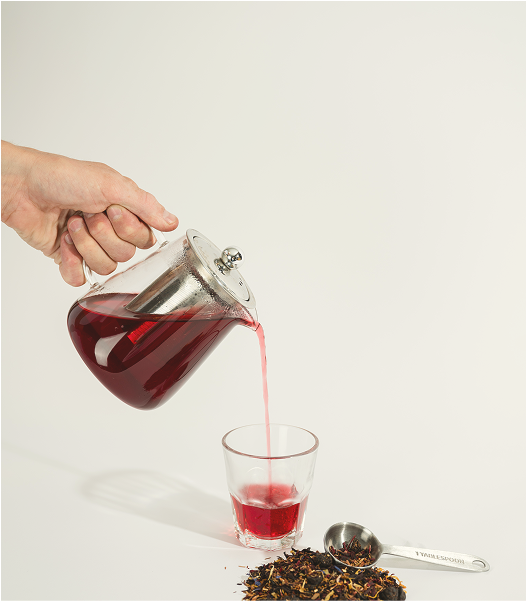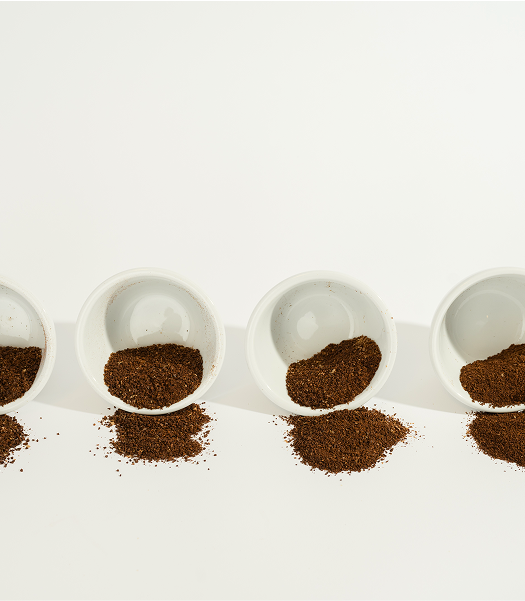Free Shipping on Orders Over $50
We believe in coffee that makes you smile – rich aromas, balanced flavors, and that just-right feeling of contentment. With a few simple tips, you can brew a delightful cup every single time.
It Starts with the Beans
- Freshness is Key. For the brightest, most vibrant coffee, look for beans with a recent roast date. We recommend using them within a few weeks of roasting.
- Perfect Your Grind. The ideal grind depends on how you brew. Let us know your preferred method (drip, pour-over, etc.) and we'll make sure your grind is spot on! Visit our grind science page for more info.
- Water Matters. Clean, filtered water allows your coffee's true flavors to shine.
A Little Warm-Up Goes a Long Way
Preheat your mug, carafe, or brewing device with hot water. This keeps your finished coffee deliciously warm from the first sip to the last.
Finding Your Perfect Balance
We recommend a starting ratio of 1 gram of coffee to 15–17 grams of water. Feel free to adjust this slightly to discover your own sweet spot.
What's the Deal with Roast Levels?
Roast level tells you how long and at what temperature the coffee beans were roasted. It's a key factor in the coffee's flavor profile:
- Light Roasts: Think bright and sweet, with hints of fruitiness. These highlight the coffee's natural origin flavors.
- Medium Roasts: A delightful balance of sweetness, acidity, and those classic nutty, chocolatey notes.
- Dark Roasts: Bold and rich, with a satisfying depth and prominent dark chocolate tones.
Need a Recommendation?
- If you like it light and bright: Ethiopia Duromina
- For balanced and classic: Brazil Vila Boa
- Craving bold and rich: Old School Dark Roast
Still Exploring? Our sample box is the perfect way to taste the difference and find your favorites!
We're Here to Help!
From choosing the right brewing equipment to perfecting your technique, we're passionate about helping you make the best coffee possible. Let's chat!





